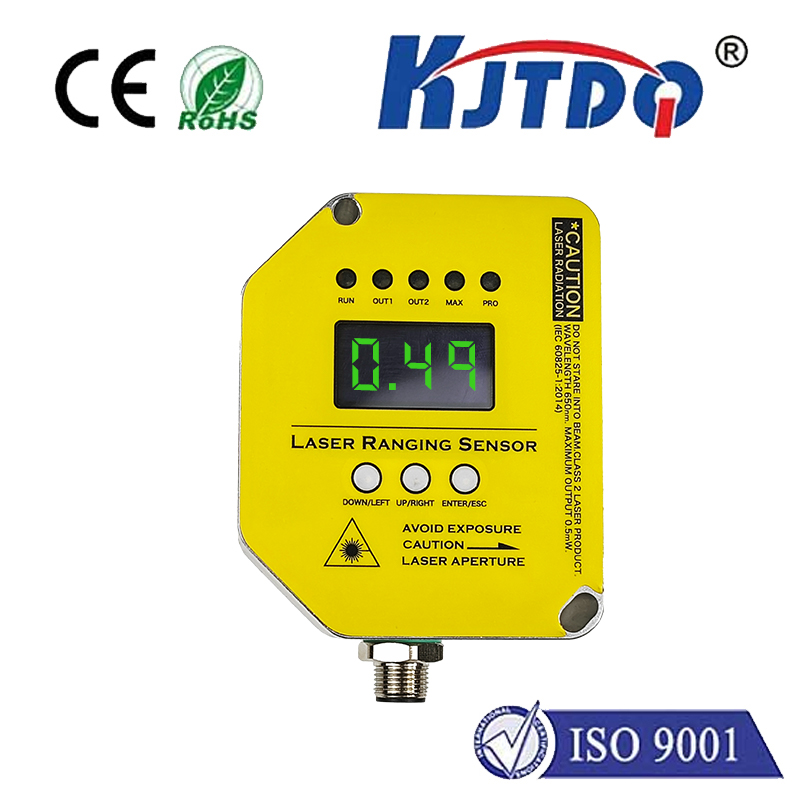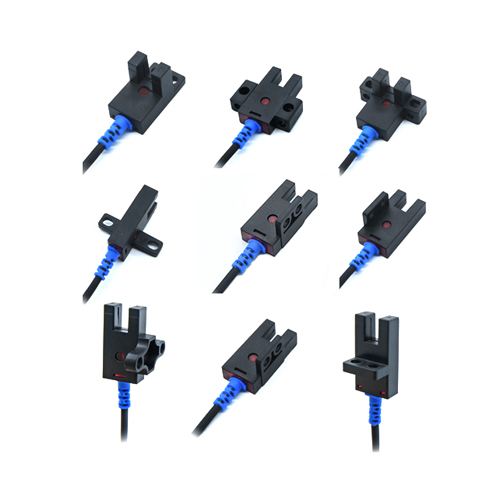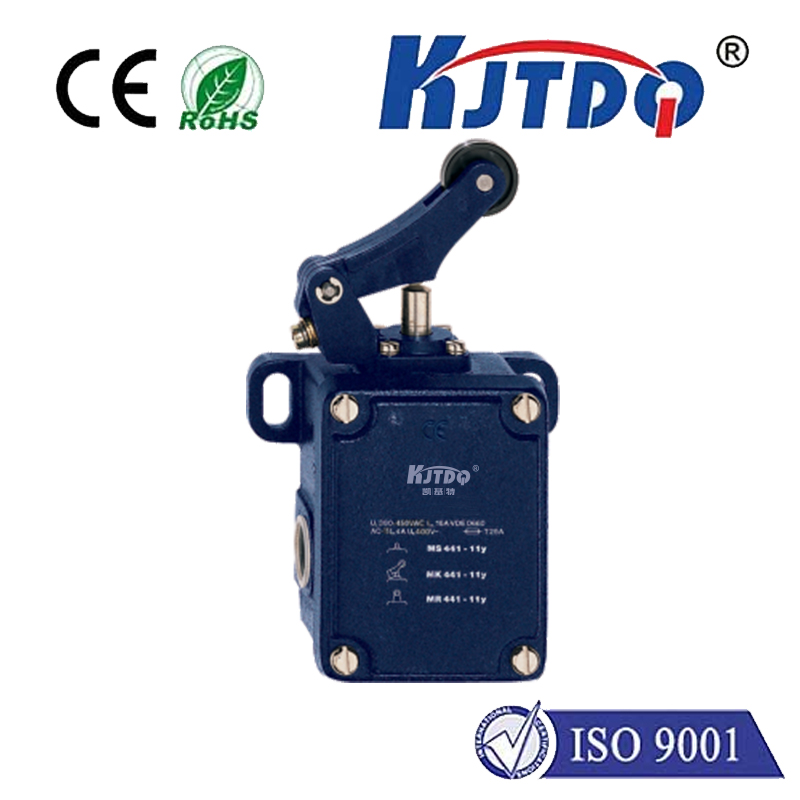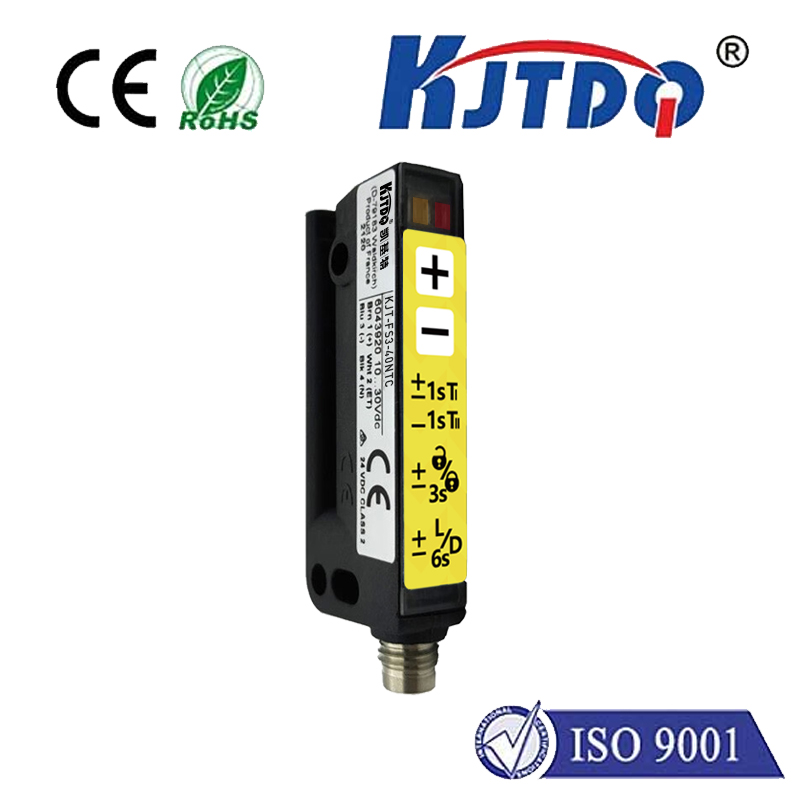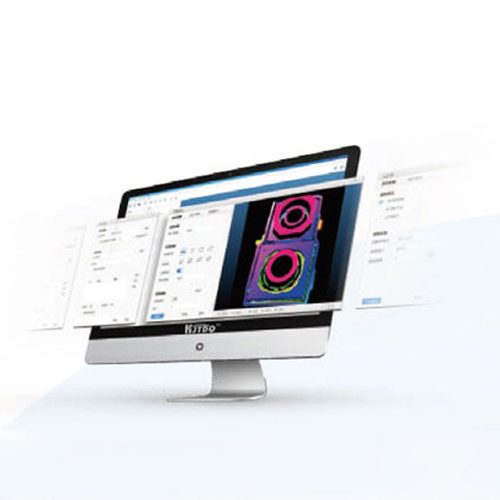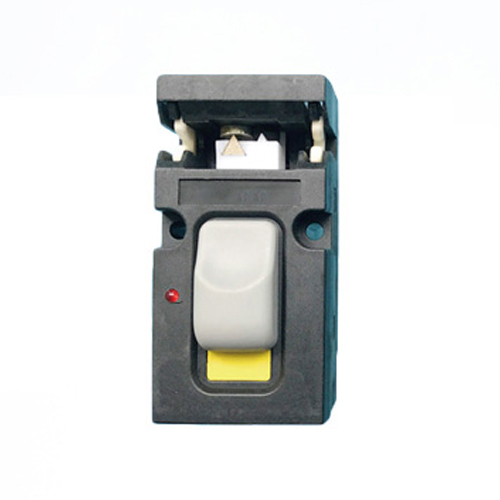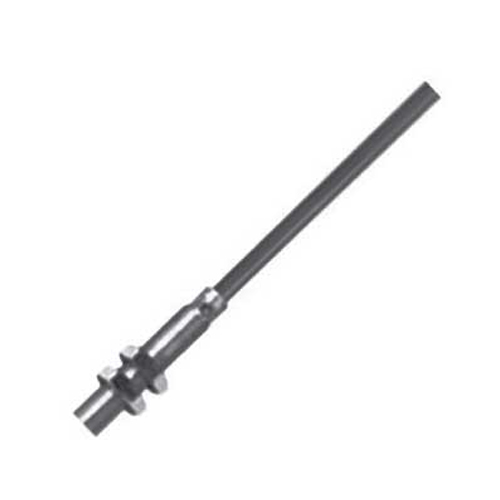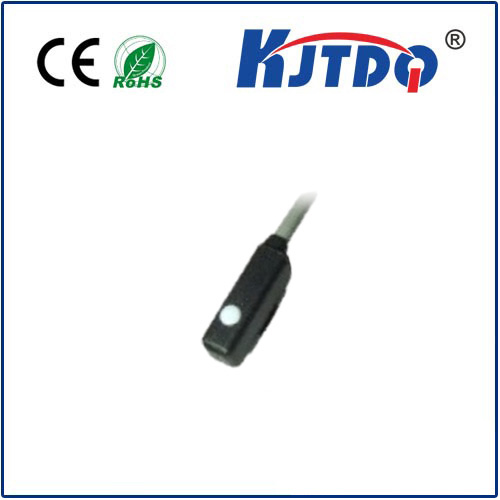photoelectric sensor 1 mm → 140 mm
- time:2025-09-10 19:34:54
- Click:0
Photoelectric Sensors: Mastering Detection from 1mm to 140mm and Beyond
In the intricate dance of automation, where precision meets productivity, photoelectric sensors are the unseen choreographers. These versatile workhorses continuously monitor presence, position, level, and countless other parameters. But one critical factor often dictates their selection: sensing range. The journey “from 1 mm to 140 mm” encapsulates the remarkable adaptability of photoelectric technology, offering solutions for applications demanding delicate proximity checks to robust mid-range detection. Understanding this spectrum is key to unlocking peak performance in your systems.
Unpacking the Range: It’s All About the Light
Photoelectric sensors operate on a beautifully simple principle: emit light (visible or infrared) and detect changes in its reception. The method by which this light is emitted and received defines the sensor type and, consequently, its effective range:

- Through-Beam Sensors (Sender + Separate Receiver): The Long-Distance Champions
- Principle: A dedicated emitter unit sends a beam directly to a separate receiver unit positioned opposite.
- Range Strength: This configuration boasts the longest possible sensing ranges, easily exceeding 140mm. Distances of several meters (even 10m, 20m, or more) are commonplace. The 1 mm → 140 mm range is comfortably within their lower limits.
- Advantages: High reliability, excellent immunity to target color, texture, or reflectivity, and high sensing stability. Very resistant to optical misalignment from vibrations.
- Disadvantages: Requires installation of two components (emitter and receiver) with precise alignment across the sensing path. Wiring complexity is slightly higher. Often larger physical size.
- Typical Applications: Detecting large objects on conveyors over long spans, presence in large doorways, break-beam safety curtains, precise object counting at distance.
- Retro-Reflective Sensors (Emitter & Receiver in One Unit + Reflector): The Mid-Range Masters
- Principle: The sensor houses both emitter and receiver. It emits light towards a specialized reflector (corner-cube or tape) which bounces the beam directly back to the receiver.
- Range Strength: These excel in the mid-range spectrum, commonly covering around 100mm to several meters, comfortably encompassing the 140mm mark and extending beyond it significantly. They are less suited for the very lowest end (like 1mm) of the spectrum.
- Advantages: Easier installation than through-beam – only the sensor and reflector need alignment. Good immunity to target color/texture (as detection relies on the reflector’s return beam being interrupted). Generally more compact than through-beam setups.
- Disadvantages: The target must physically break the beam between the sensor and the reflector. Shiny or highly reflective targets behind the intended target can sometimes cause false triggers if not managed. Requires a clear line-of-sight to the reflector.
- Typical Applications: Pallet presence detection in warehouses, box counting on fast lines, detecting vehicles at gates, position sensing on machinery.
- Diffuse (Proximity) Sensors (Emitter & Receiver in One Unit): The Close-Range Specialists
- Principle: The sensor emits light, and the receiver detects light diffusely reflected off the target object itself. No separate reflector is required.
- Range Strength: This mode offers the shortest sensing distances. While some specialized diffuse sensors might reach towards 100-200mm, sensing reliably down to 1 mm is a core strength of diffuse technology. The 1 mm → 140 mm range highlights their domain, especially at the lower end.
- Advantages: Simplest installation – only the sensor itself needs mounting. Requires access to only one side of the target.
- Disadvantages: Highly sensitive to the target’s color, texture, reflectivity, and even angle. A black, matte target reflects significantly less light than a white, glossy one, drastically reducing the effective range. Background conditions can also influence performance. Sensing range is inherently limited.
- Typical Applications: Detecting small components on PCBs (down to 1mm gaps), bottle cap presence on fill lines, verifying label application close up, checking for minute part features, object presence in tight spaces.
Navigating the 1mm to 140mm Spectrum: Choosing Wisely
Selecting the right photoelectric sensor type for a specific range requirement within the 1 mm → 140 mm window involves more than just the distance number:
- Accuracy & Precision: For ultra-precise positioning at 1mm or detecting minute gaps, diffuse sensors with background suppression (BGS) or fixed-field types offer the necessary resolution. For pinpoint accuracy at longer ranges within the spectrum (e.g., 140mm), through-beam is often the gold standard.
- Target Characteristics: Is the target small, dark, and absorbent? A high-quality diffuse sensor with strong optics or BGS might be the only viable option for close ranges. Is the target large and likely to interrupt a beam? Through-beam or retro-reflective are robust choices.
- Environmental Factors: Dust, fog, steam, or ambient light can scatter or overwhelm the sensor light. Laser-based diffuse sensors or through-beam sensors often handle challenging environments better within their respective ranges than standard LED-based diffuse modes. Sealed housings (IP67/IP69K) are crucial in harsh conditions.
- Installation Constraints: If mounting space is limited or access is only possible from one side, diffuse or retro-reflective are preferable. If long, clear paths exist, through-beam shines.
- Cost & Complexity: Diffuse sensors are often the most cost-effective for close ranges. Retro-reflective adds a reflector cost but simplifies wiring vs. through-beam. Through-beam offers highest performance/range but has higher component and alignment costs.
The Hidden Enabler: Light Source Technology
Advancements in light sources play a significant role in achieving reliable sensing across the photoelectric sensor range spectrum:
- Standard LEDs: Cost-effective, versatile, sufficient for many diffuse and retro-reflective applications within moderate ranges. Limited range and susceptibility to ambient light compared to lasers.
- Laser Diodes: Provide an intense, highly focused beam. Revolutionized diffuse proximity sensing, enabling reliable detection of small, dark objects down to 1 mm and offering much longer ranges than standard LEDs in diffuse mode (potentially approaching or exceeding 140 mm with high-end models). Provide exceptional precision.
- Red LEDs vs. Infrared (IR): Red is visible, aiding alignment. IR is invisible and often has better resistance to ambient light interference, crucial for stability across ranges.
Beyond 140mm: Expanding Horizons
While 1 mm → 140 mm captures a vast majority of common industrial applications, it’s essential to remember that photoelectric sensors extend far beyond this bracket. Background Suppression (BGS) diffuse sensors, using triangulation principles, can offer precise detection at distances exceeding 140mm. Thru-Beam systems readily handle distances measured in meters. Specialized long-range diffuse or LIDAR sensors push boundaries even further. However, the 1 mm to 140 mm range represents the core battleground where precision, versatility, and cost-effectiveness converge for countless automation tasks. Choosing the right type – diffuse, retro-reflective, or through-beam – with the appropriate light source and features ensures your detection within this critical span is reliable, accurate, and efficient.






